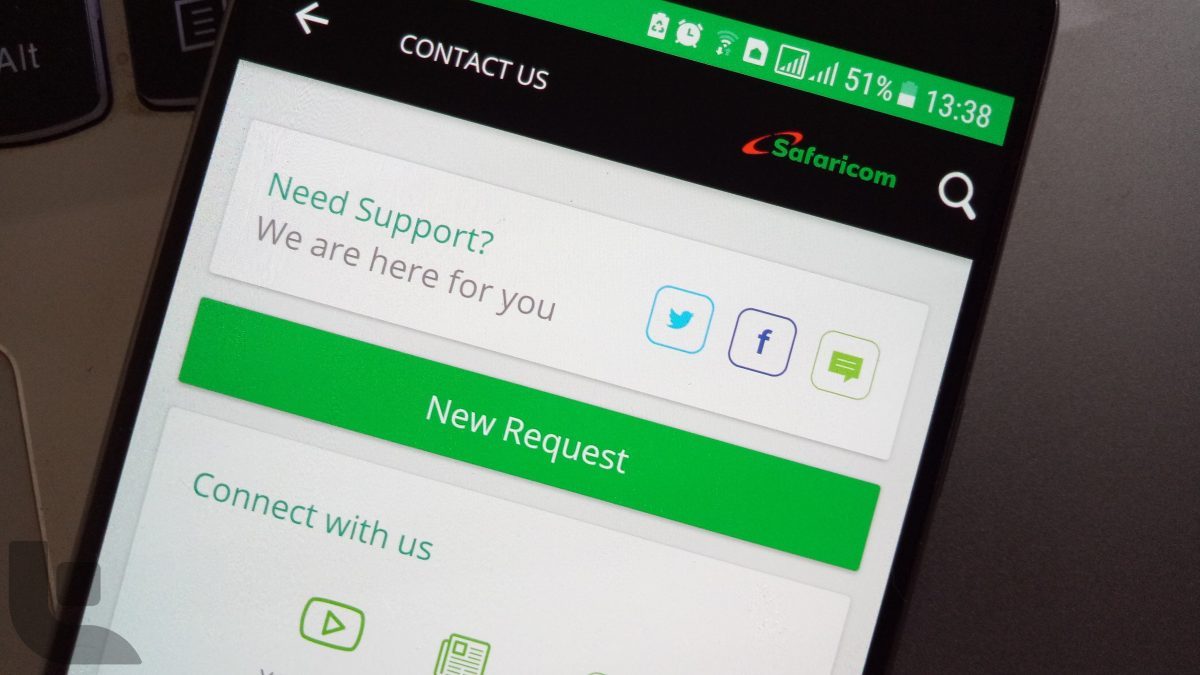
One of the app’s key milestones has been the integration of the carrier’s products and services, particularly M-PESA. The integration was done sometime in 2017, and the mobile money product has been honed, with the latest addition being Fuliza.
Besides M-PESA, mySafaricom is virtually packed to the brim with most of the features available on the USSD. But those are not a bother for me, at least for this piece (for instance, you have to use as USSD code to purchase 24-hour items such as data or SMS because the app does not give you that option).
Constant M-PESA transactions failures
This issue has infuriated me for so long I still do not understand why the telco hasn’t patched it. In my case, here is what happens:
- Say I’m sending cash to someone (primarily because it fetches contact lists easily, a feature that is then complemented by Hakikisha to make sure I do not send money to a wrong contact). Every step proceeds as expected, but the app suddenly fails to fetch the STK to authenticate the transaction with a PIN.
- Say it fetches the STK; it, in some occasions, freezes on the PIN input field, which is frustrating, to say the least.
- Say you input the PIN just fine, the app would, in some case, attempt to perform the transaction (forever), and end up not completing the transaction.
- In any of the preceding scenarios, I can choose to kill the app and repeat the transaction. Which is fine, only that it will not work because ‘a similar transaction’ is underway.
This frustration then takes me back to the trusty but sluggish STK to perform a transaction that could easily and quickly be completed by mySafaricom if it weren’t a hit or miss.
Now, you may ask how many times does this happen? People who use the app from time to time will tell you that this is not an isolated case. It has happened to me so many times that a simple search on Twitter reveals a series of similar complaints, which certainly tells me that the telco is aware of the issue.
The solution, as Safaricom’s social media reps would tell you, is to restart the app or ensure that you have the latest version of the app – only that the app has not been furnished with any bug-squashing updates in the past couple of weeks.
I fully understand the purpose of mySafaricom app: it was built to empower Safaricom smartphone users through self-help services, and for the most part, it has done just that. However, the highlighted issues have become too frequent to eclipse the essence of the app, issues that echoed on social media platforms from time to time but take too long to see a real solution.
Lastly, and on the bright side, there isn’t much you cannot do with the app because, in the app’s +2 years of existence, it has been furnished with key products and services. Deploying the included services and products in a relatively compact app can be a challenge, but the carrier has too much talent to be associated with bad user experiences, among other shortcomings that should not be there in the first place.





























